
Molds & Accessories
Special Heat Press Mold for Lab Use
Item Number : PCHF
Price varies based on specs and customizations
- Die heating
- 0℃-500℃
- Indenter hardness
- SUS 304
- Sample size
- Rectangular or bone shape
Shipping:
Contact us to get shipping details Enjoy On-time Dispatch Guarantee.
Why Choose Us
Reliable PartnerEasy ordering process, quality products, and dedicated support for your business success.
Appliacation
Square Lab Press mold are suitable for some easy-to-form slender strip samples, we have a complete range of mold sizes, The accessories are interchangeable.
The mold is widely used in battery, superconductor, cement, ceramics, catalysis, silicate, powder metallurgy, sea mud analysis, biochemical analysis and new material sample preparation research and development. In addition, the product can also be used with calcium iron, infrared, X-ray fluorescence and other testing instruments.
The mold is made of Japanese high-speed steel, high hardness, no deformation, long service life.
Special sizes press molds can be customized according to customer requirements.
Detail & Parts




Technical specifications
| Instrument model | PCHF |
|---|---|
| Sample shape |  |
| Die heating | 0℃-500℃ |
| Indenter hardness | SUS 304 |
| Sample size | Rectangular or bone shape |
| Cavity depth | 0.75mm,1.35mm,1.75mm,2.75mm |
| Dimensions | 80x80,180x180,200x200mm |
| Weight | 0.4kg,0.8kg,1.0kg |
| Diagram of hydraulic powder press size | 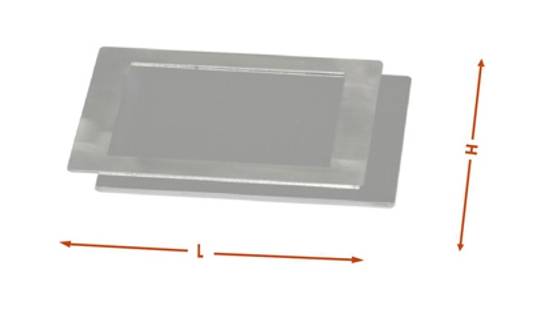 |
Operation steps
Stainless steel flat mold is suitable for thin film samples, the thickness of the sample can be controlled by the intermediate quantitative plate, and it is convenient to remove the pressed sample without fighting the hot press.

Step 1: Assemble the die according to the operation diagram and install the sample in the cavity.

2.Clamp the sample with a stainless steel plate and put it in place.

3.Put the mold into a hot press for hot pressing.

4.Remove the mold and sample after molding.
FAQ
What Is A Lab Press?
What Is A Press Mold?
What Is The Purpose Of A Hydraulic Press In Lab?
What Is Press Mould In Ceramics?
What Are Different Type Of Lab Presses?
How Are Pellet Molds Used?
What Types Of Materials Can Be Pelletized Using Pellet Molds?
How Can One Select The Appropriate Pellet Mold For Their Specific Application?
4.7
out of
5
Exceptional quality and durability. Highly recommend for precise rubber molding.
4.8
out of
5
Fast delivery and excellent value for money. The press is a game-changer in our lab.
4.9
out of
5
Incredible technological advancement. This press has boosted our production output significantly.
4.7
out of
5
Top-notch performance and reliability. The best investment for our lab's needs.
4.8
out of
5
Outstanding service and product. The press has exceeded our expectations.
4.9
out of
5
Impressive durability and precision. A must-have for any advanced lab.
4.7
out of
5
Quick and efficient delivery. The press is a valuable asset to our research.
4.8
out of
5
Excellent value and performance. The press has greatly improved our workflow.
4.9
out of
5
Superior quality and technological innovation. Highly satisfied with the purchase.
4.7
out of
5
Reliable and efficient. The press has been a great addition to our lab.
4.8
out of
5
Great service and product. The press has met all our expectations.
4.9
out of
5
Outstanding durability and performance. A fantastic investment for our lab.
4.7
out of
5
Fast delivery and excellent quality. The press has been a great help.
4.8
out of
5
Highly recommend this press. It has significantly improved our lab's efficiency.
REQUEST A QUOTE
Our professional team will reply to you within one business day. Please feel free to contact us!
Related Products

Double Plate Heating Press Mold for Lab
Discover precision in heating with our Double Plate Heating Mold, featuring high-quality steel and uniform temperature control for efficient lab processes. Ideal for various thermal applications.

Anti-Cracking Press Mold for Lab Use
The anti-cracking press mold is a specialized equipment designed for molding various shapes and sizes of film using high pressure and electric heating.

Special Shape Press Mold for Lab
Discover high-pressure special shape press molds for diverse applications, from ceramics to automotive parts. Ideal for precise, efficient molding of various shapes and sizes.

Cylindrical Lab Electric Heating Press Mold for Laboratory Applications
Efficiently prepare samples with Cylindrical Lab Electric Heating Press Mold. Fast heating, high temp & easy operation. Custom sizes available. Perfect for battery, ceramic & biochemical research.
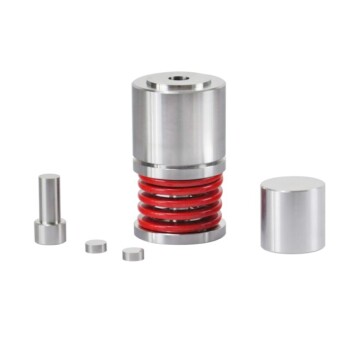
Round Bidirectional Press Mold for Lab
The round bidirectional press mold is a specialized tool used in high-pressure molding processes, particularly for creating intricate shapes from metal powders.
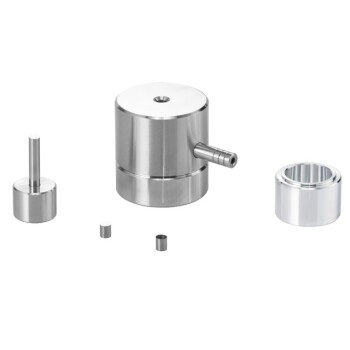
Cylindrical Press Mold for Lab Applications
Efficiently form and test most samples with Cylindrical Press Molds in a range of sizes. Made of Japanese high-speed steel, with long service life and customizable sizes.
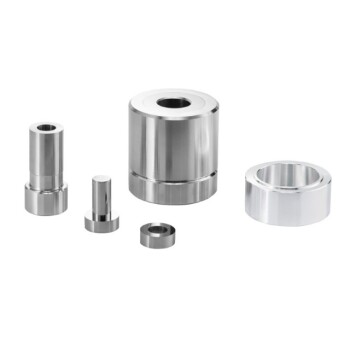
Ring Press Mold for Lab Applications
Ring Press Dies, also known as Circular Pellet Press Die Sets, are integral components in various industrial and laboratory processes.

Assemble Lab Cylindrical Press Mold
Get reliable and precise molding with Assemble Lab Cylindrical Press Mold. Perfect for ultra-fine powder or delicate samples, widely used in material research and development.
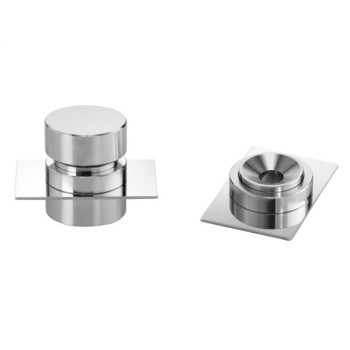
No Demolding Lab Infrared Press Mold for Laboratory Applications
Effortlessly test your samples with no demolding required using our lab infrared press mold. Enjoy high transmittance and customizable sizes for your convenience.

Infrared Heating Quantitative Flat Plate Press Mold
Discover advanced infrared heating solutions with high-density insulation and precise PID control for uniform thermal performance in various applications.

Electric Heated Hydraulic Vacuum Heat Press for Lab
The Electric Vacuum Heat Press is a specialized heat press equipment that operates in a vacuum environment, utilizing advanced infrared heating and precise temperature control for high quality, rugged and reliable performance.
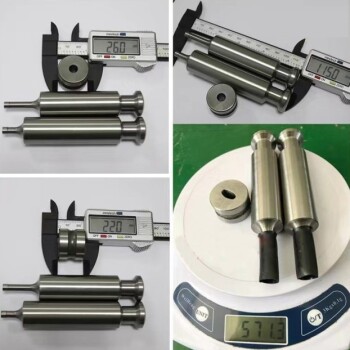
Multi-Punch Rotary Tablet Press Mold Ring for Rotating Oval and Square Molds
The multi-punch rotary tablet press mold stands as a pivotal component in pharmaceutical and manufacturing industries, revolutionizing the process of tablet production. This intricate mold system comprises multiple punches and dies arranged in a circular fashion, facilitating rapid and efficient tablet formation.

Rubber Vulcanizer Vulcanizing Machine Plate Vulcanizing Press for Lab
The Plate vulcanizing press is a kind of equipment used in the production of rubber products, mainly used for the vulcanization of rubber products. Vulcanization is a key step in rubber processing.

Vacuum Hot Press Furnace Heated Vacuum Press Machine Tube Furnace
Reduce forming pressure & shorten sintering time with Vacuum Tube Hot Press Furnace for high-density, fine-grain materials. Ideal for refractory metals.

Vacuum Heat Treat and Molybdenum Wire Sintering Furnace for Vacuum Sintering
A vacuum molybdenum wire sintering furnace is a vertical or bedroom structure, which is suitable for withdrawal, brazing, sintering and degassing of metal materials under high vacuum and high temperature conditions. It is also suitable for dehydroxylation treatment of quartz materials.

600T Vacuum Induction Hot Press Furnace for Heat Treat and Sintering
Discover the 600T Vacuum Induction Hot Press Furnace, designed for high-temperature sintering experiments in vacuum or protected atmospheres. Its precise temperature and pressure control, adjustable working pressure, and advanced safety features make it ideal for nonmetal materials, carbon composites, ceramics, and metal powders.
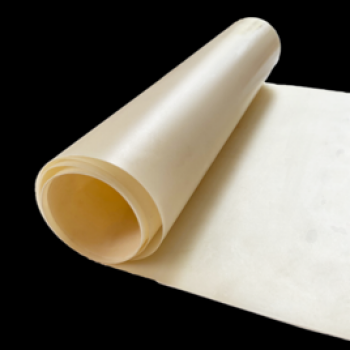
Anion Exchange Membrane for Laboratory Use
Anion exchange membranes (AEMs) are semipermeable membranes, usually made of ionomers, designed to conduct anions but reject gases such as oxygen or hydrogen.
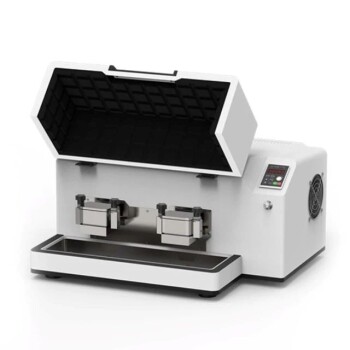
High Energy Vibratory Ball Mill for Lab Use
The high-energy vibrating ball mill is a high-energy oscillating and impacting multifunctional laboratory ball mill. The table-top type is easy to operate, small in size, comfortable and safe.

High Energy Planetary Ball Mill Milling Machine for Laboratory
The biggest feature is that the high energy planetary ball mill can not only perform fast and effective grinding, but also has good crushing ability
Related Articles

Infrared Heating Quantitative Flat Plate Mold: Design, Applications, and Benefits
Explore the advanced design and applications of infrared heating quantitative flat plate molds. Learn about their benefits in achieving uniform heat distribution and efficient processing.
Taming the Void: The Art and Science of Hot Press Moulding
Explore how hot press moulding uses heat and pressure to eliminate microscopic voids, achieving superior density and strength in advanced materials.

Comprehensive Guide to Metal Mold Pressing: Techniques, Equipment, and Applications
Explore the detailed process of metal mold pressing, including equipment, techniques, and applications. Learn how hydraulic presses shape materials like metal and rubber efficiently.

Comprehensive Guide to Cylindrical Lab Electric Heating Press Mold: Technology and Applications
Explore the advanced features and applications of cylindrical lab electric heating press molds. Learn about their working principles, types of heating technologies, and key benefits for precise sample preparation.
When Failure is Not an Option: The Engineering Logic of Hot Pressing
Hot pressing creates near-perfect density in components, but its true value lies in the strategic choice to prioritize material performance over cost.
Why Your Hot Press Samples Fail: The Hidden Culprit in Material R&D
Tired of failed composite or laminate samples? Discover the hidden cause of inconsistent results and how the right lab hot press ensures repeatable success.
The Pursuit of Absolute Density: Why Hot Pressing Forges the Future of Materials
Explore how hot pressing overcomes traditional sintering by using heat and pressure to eliminate voids, achieving superior material properties.
Beyond the Datasheet: Mastering the Physics and Psychology of Hot Pressing
Hot pressing success isn't about universal numbers, but mastering the interplay of material properties, process goals, and precision equipment.
The Unseen Physics of Perfection: Mastering Heat, Pressure, and Time
A deep dive into how hot press machines work, exploring the critical interplay of heat, pressure, and time that defines quality and prevents failure.
The Unforgiving Pursuit of Perfection: The Physics and Psychology of Hot Press Sintering
Hot press sintering trades speed and complexity for near-perfect density by combining heat and pressure—a critical choice for advanced materials.
More Than Heat and Pressure: Why Your Material Bonding Fails and How to Fix It
Struggling with inconsistent results from your hot press? Discover why the root cause isn't your process but a lack of precision, and how to solve it.
Beyond Adhesion: The Molecular Difference Between Hot and Cold Pressing
Hot pressing isn't just gluing with heat; it's thermal fusion. Discover how it creates superior material density and strength over cold pressing.